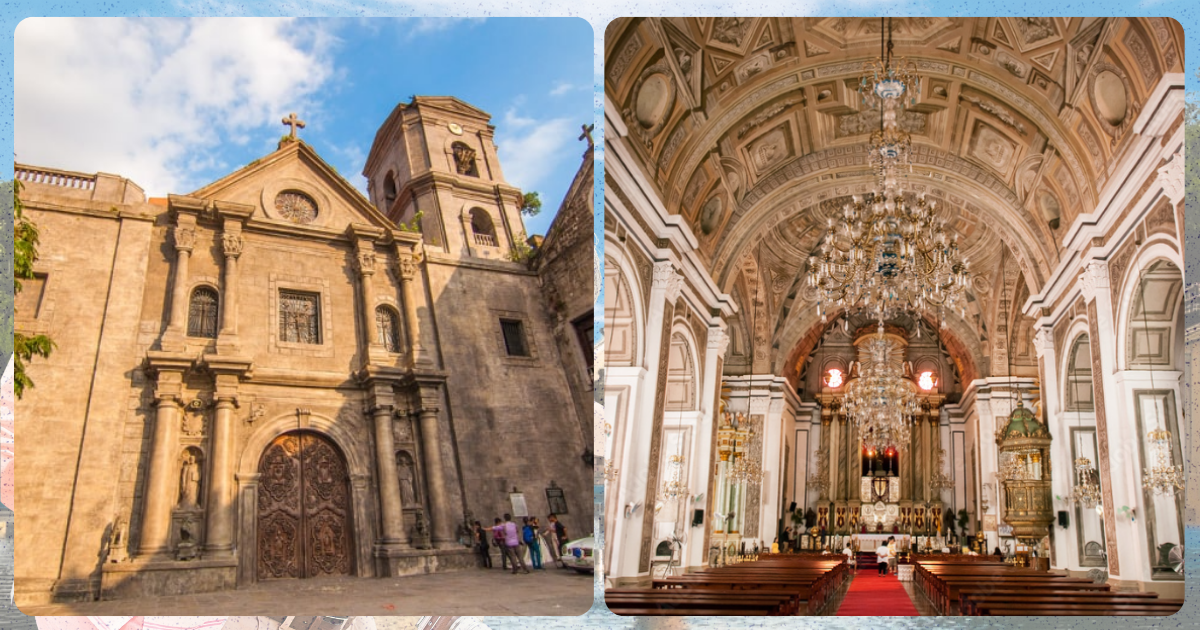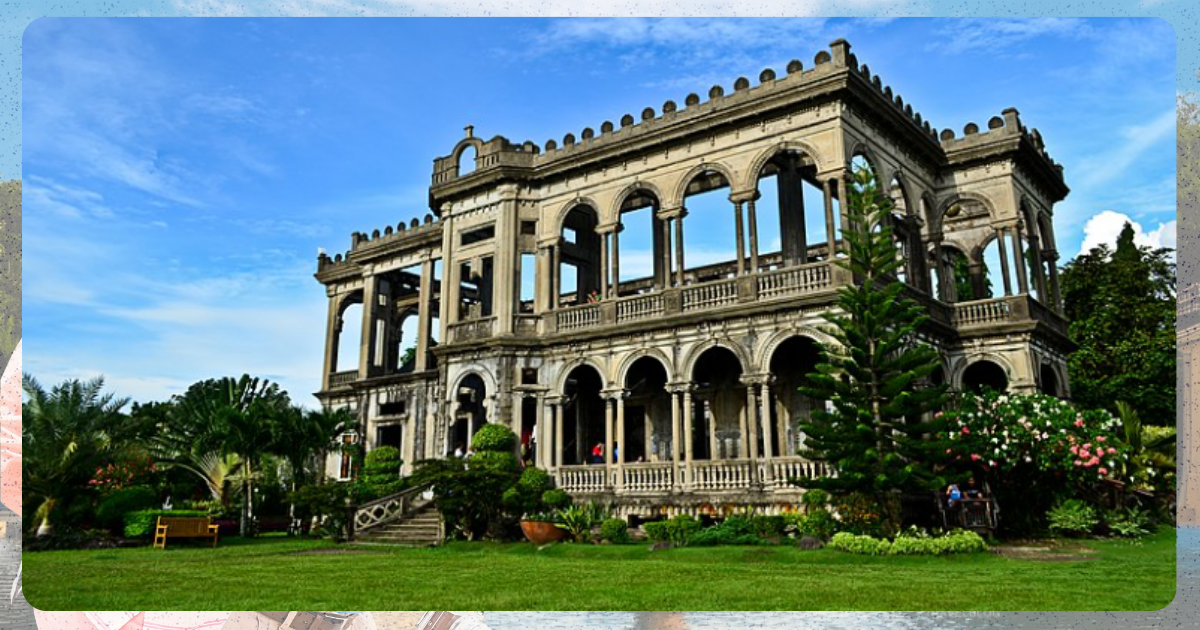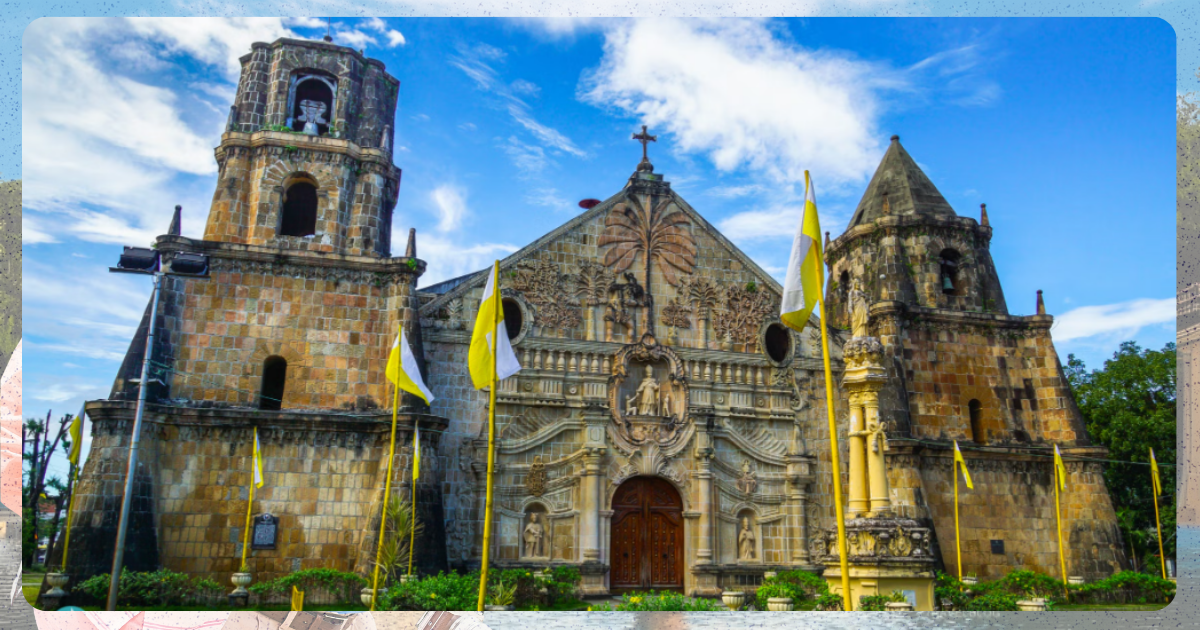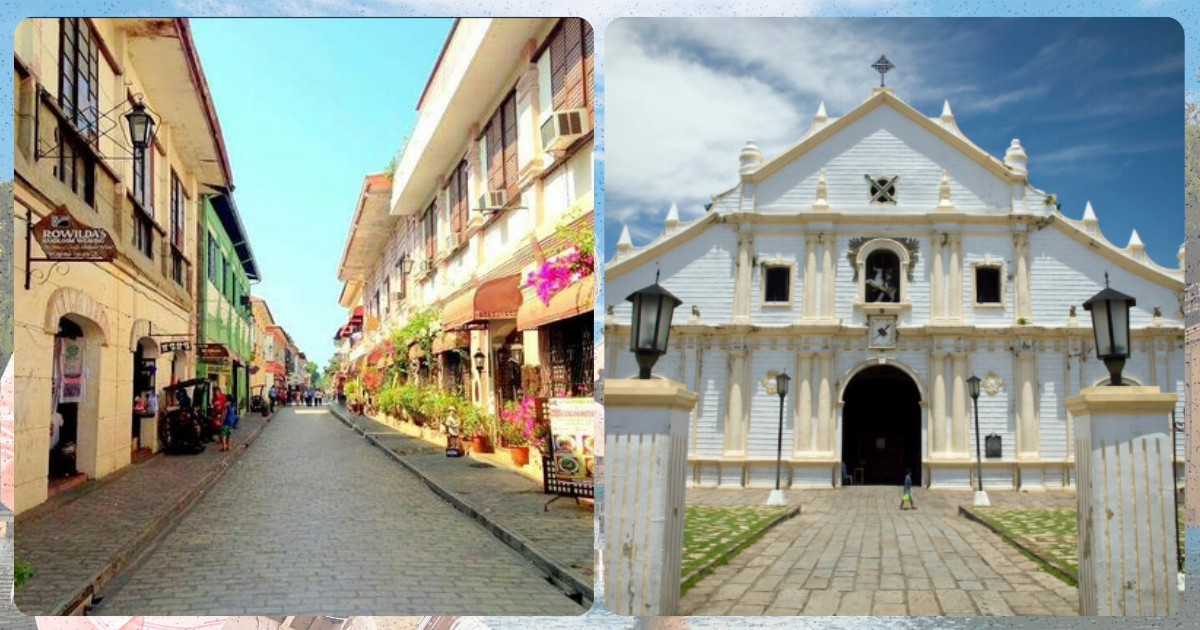The Philippines is certainly full of wonders.
Filipino cultural heritage reveals itself in architecture through stonework, carvings, rooflines, and the careful blending of local and foreign influences. These structures offer glimpses into the country’s past, shaped by colonization, religion, trade, and tradition. Each site tells a different story, reflecting the resilience and artistry of the communities that built them.
In this article, we’ll explore six heritage sites in the Philippines known for their rich history and remarkable architectural beauty.

6 Cultural Heritage Sites in The Philippines You Should Visit For Their Architectural Beauty
Iba talaga ang galing ng Pinoy! Apart from the world-class beaches, lively cities, and internationally acclaimed hospitality, the Philippines is a wonderful place to explore because of its many heritage sites that capture the vibrant and exciting history and culture of the country.
There are even more reasons to visit, and it’s important to highlight these sites to showcase the ingenuity behind their designs, which truly reflect the talent of the Filipino people. Below, let’s take a look at six heritage sites in the Philippines you should definitely visit!
1. San Agustin Church (Intramuros, Manila)
Completed in 1607, San Agustin Church is the oldest stone church in the country. Designed in the Baroque style, it features massive stone walls, intricately carved molave chairs, and a ceiling painted with trompe-l’oeil techniques that give it a three-dimensional effect.

Image from Juan Carlos Catering Services | Europsters.nl
The church has withstood earthquakes, wars, and natural decay, earning its title as a UNESCO World Heritage Site and a symbol of enduring faith and Spanish-era architecture.
2. The Ruins (Talisay, Negros Occidental)
The Ruins, once the ancestral mansion of a sugar baron who dedicated it to his deceased wife, is famous for its Italianate design inspired by the neo-Romanesque style. Its cement, mixed with egg whites and local materials, has helped preserve the structure’s elegance.

Image from Wikipedia
Often called the “Taj Mahal of Negros,” it’s a romantic reminder of love, loss, and the refined artistry of early 20th-century builders.
3. Santo Tomás de Villanueva Parish Church/Miag-ao Church (Iloilo)

Image from Guide to the Philippines
A fortress-like church completed in 1797, Miag-ao, or simply spelled Miagao, blends Baroque architecture with Filipino design. Its sandstone façade showcases carvings of palm trees, local flora, and even a warrior in traditional attire. The result is a distinct example of how Filipinos reimagined colonial architecture using their own cultural lens.
4. Vigan Heritage Village (Ilocos Sur)

Image from Tripadvisor | UNESCO World Heritage
Walking through Vigan feels like stepping back in time. Its cobblestone streets, capiz-windowed houses, and red-tiled roofs bring the Spanish colonial period to life. The town’s preservation has turned it into a living museum, showcasing a fusion of European and Asian architecture that speaks to the Philippines’ trading past and colonial legacy.
5. Torogan House (Marawi, Lanao del Sur)

Image from Proud Maranao Facebook
The Torogan is a traditional Maranao royal residence. Elevated on posts, the house is known for its panolong: wing-like beams adorned with okir carvings. Every detail in its construction follows cultural and social norms of the Maranao people, making it not only an architectural marvel but also a cultural document of pre-colonial nobility.
6. Taoist Temple (Cebu City)

Image from Queen City Cebu
Perched on a hillside, this multi-tiered temple showcases Chinese pagoda architecture with curved eaves, dragon sculptures, and intricate mosaic steps. Built by Cebu’s Chinese-Filipino community, the temple reflects spiritual traditions and adds a vibrant touch of color and form to the city’s architectural landscape.
Celebrating Filipino Craftsmanship
Each site reveals how culture and architecture shape one another. From the detailed carvings of Mindanao’s Torogan to the grand European influence in Vigan, these places reflect the country’s layered identity.
Visiting these places is a fun trip through the country’s history. Dedicate time to travel to each site to celebrate the Filipino spirit, ingenuity, and pride in heritage. More importantly, keep in mind that these landmarks need protection, both physically and to keep their stories alive for generations to come.
References
Alvarez, A., & Leano, J. (n.d.). 25 HISTORICAL PLACES IN THE PHILIPPINES in Araling Panlipunan / HEKASI Books. The Poor Traveler. Retrieved May 30, 2025, from https://www.thepoortraveler.net/historical-places-in-the-philippines/
Guide to the Philippines. (n.d.). Information about The Ruins. Guide to the Philippines. Retrieved May 30, 2025, from https://guidetothephilippines.ph/destinations-and-attractions/the-ruins
Municipality of Miagao. (n.d.). Santo Tomas de Villanueva In Miagao, Iloilo. Municipality of Miagao. https://www.miagao.gov.ph/about-miagao/religious-heritage/santo-tomas-de-villanueva-miagao-iloilo/
Wikipedia. (n.d.). Cebu Taoist Temple. Wikipedia. Retrieved May 30, 2025, from https://en.wikipedia.org/wiki/Cebu_Taoist_Temple
Wikipedia. (n.d.). Miagao Church. Wikipedia. Retrieved May 30, 2025, from https://en.wikipedia.org/wiki/Miagao_Church
Wikipedia. (n.d.). San Agustin Church (Manila). Wikipedia. Retrieved May 30, 2025, from https://en.wikipedia.org/wiki/San_Agustin_Church_(Manila)
Wikipedia. (n.d.). Torogan. Wikipedia. Retrieved May 30, 2025, from https://en.wikipedia.org/wiki/Torogan










